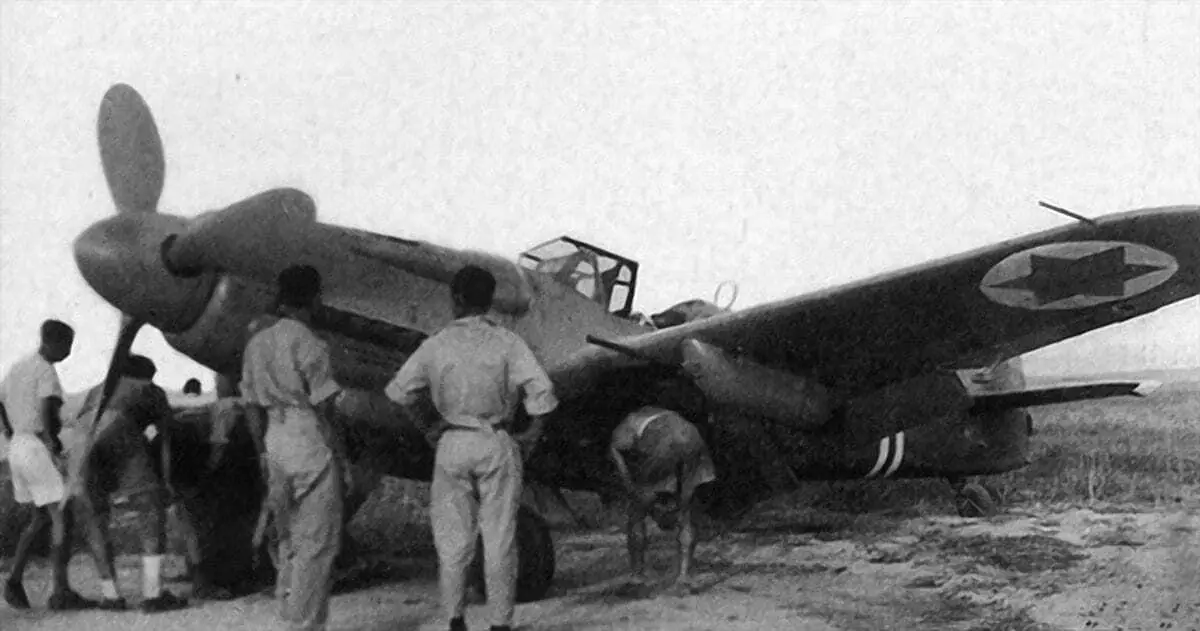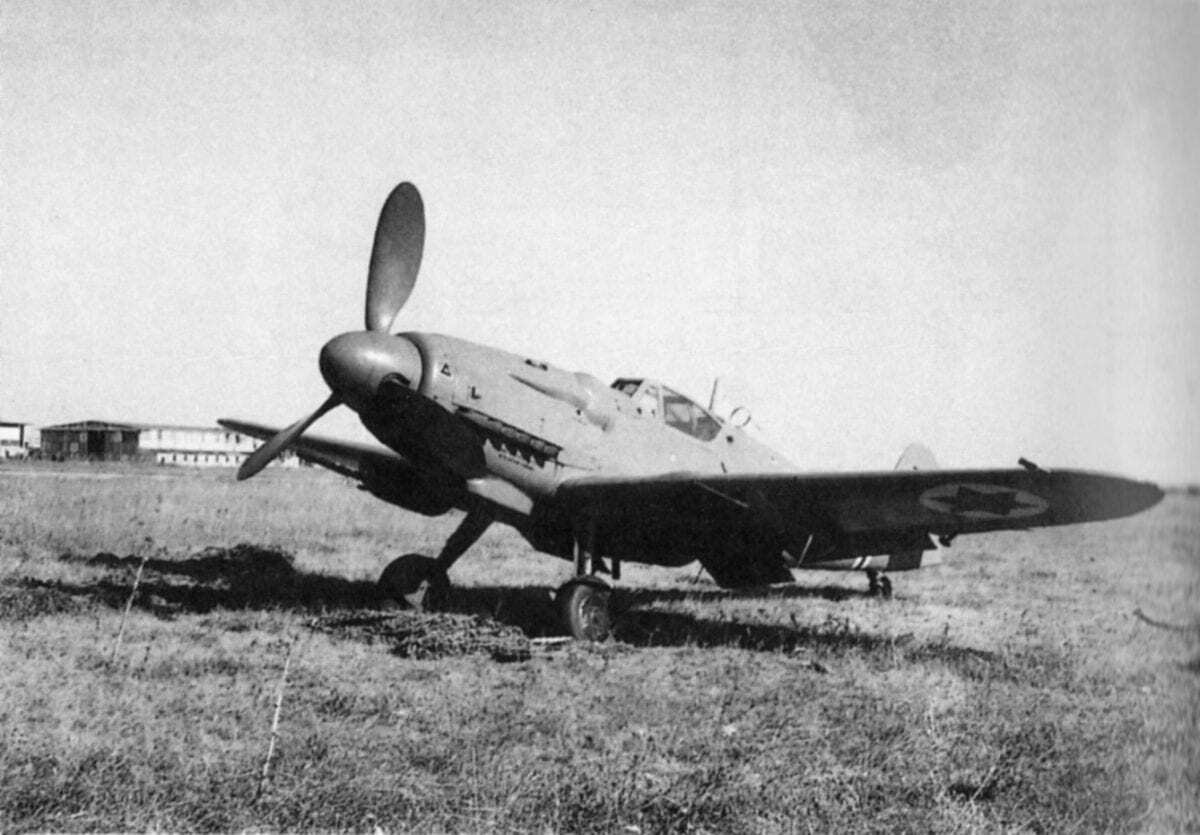Just how did the post-war Israeli air force end up equipping its first fighter squadrons with the famous Nazi warplane the Me-109s?
After approval of the Partition Plan of Palestine in November 1947, the UK, who had been the governing power continued to supply weapons and ammunition to Egypt and Trans-Jordan.
However, the entire world imposed an immediate embargo on sale and shipment of military equipment to Israel. The only exception was post war Czechoslovakia, which agreed to sell a substantial amount of German-designed rifles, machine guns, ammunition, and even fighter planes to the Jewish state.
The problem for the infant state of Israel, was transporting the vast quantities of weapons over 1800 miles. The main obstacle they faced, was Czechoslovakia being a land-locked nation, surrounded by countries that would not allow transshipment of arms in violation of the embargo. The buying agents for Israel overcame this by chartering a C-54 transport plane and seven C-46s, originally purchased as war surplus in California. The pilots and crews from the newly formed Israeli Air Force Air Transport Command then began an airlift that would astound the world.

As part of the deal, the Israeli agents negotiated the purchase of Avia S-199s which was a copy of the famous ME109, the backbone of the Nazi Luftwaffe. The Avia S1-99s was constructed with parts and plans left over from Luftwaffe aircraft production that had taken place under the country’s German occupation of Czechoslovakia during the war.
One of the main aircraft they produced was a copy of the Messerschmitt Bf 109G-6s under the Avia S-99 name, however, they soon ran into problems when they ran out of the ME-109’s Daimler-Benz DB 605 engine. This resulted in an inferior alternative engine been used. It was decided that as a replacement for the original engine, the aircraft would use the same engine (Junkers Jumo 211 F) and propeller of the Heinkel He 111 bomber.
The resulting combination of parts was an aircraft with extremely poor handling qualities. The substitute engine with the propeller lacked the responsiveness of the Daimler-Benz unit and the torque created by the massive paddle-bladed propeller made control very difficult. This, in combination with the 109’s narrow-track undercarriage, made landings and take-offs extremely hazardous.
A total of twenty-five aircraft were obtained and all but two were eventually delivered. The price for a fully equipped plane was $190,000 which is $2,043,000 in today’s money.
The first examples arrived on May 20, 1948, six days after Israel’s declaration of independence and five days after the commencement of hostilities by Egypt. Forming Israel’s first fighter squadron, they were assembled and sent into combat for the first time on May 29, attacking the Egyptian army between Isdud and the Ad Halom bridge, south of Tel Aviv.
A few days later, on June 3, the type scored the Israeli Air Force’s first aerial victories when Modi Alon shot down a pair of Royal Egyptian Air Force C-47s which had just bombed Tel Aviv. However it was an American, Gideon Lichtman who became the first Israeli Air Force pilot to shoot down an Arab fighter plane.
The plane itself proved very unreliable and performed poorly in combat. One pilot remarked “she tried to kill us on every take off and landing” leading to the airframe being nicknamed the Mule.
Another major flaw with the aircraft lay in the gun synchronizer for the cowl-mounted MG 131 machine guns, which led to reports of Israeli aircraft shooting off their own propellers in combat. Furthermore, maintenance problems meant that no more than five were typically airworthy at any one time.
The type aircraft did manage to score victories over its opponents, including the legendary Spitfire. Rudy Augarten, 26, an American Harvard student was one of the top-scoring Israeli pilots and mainly flew the Avia. Augarten was a veteran of WW2 and ironically had downed two German ME-109s while flying a P-47 over Germany. Whilst flying the Avias he shot down four Egyptian aircraft including a British built Spitfire and an American P-51. The aircraft were mostly withheld from service by the end of October due to their performance, by which time only six remained operational.

Written by Diarmaid Walshe
Header Image : Israeli Avia S-199, 1948 – Public Domain





